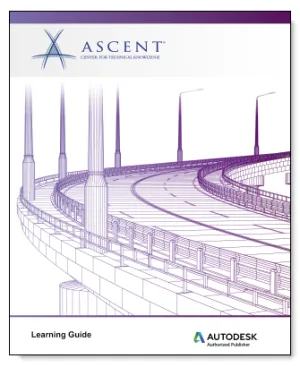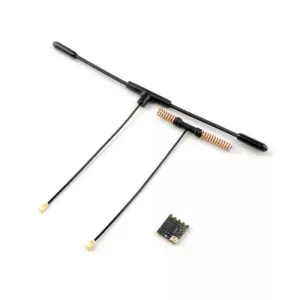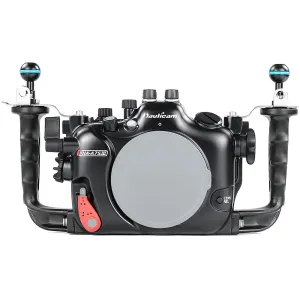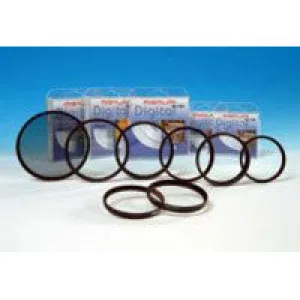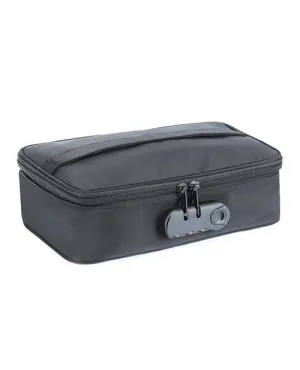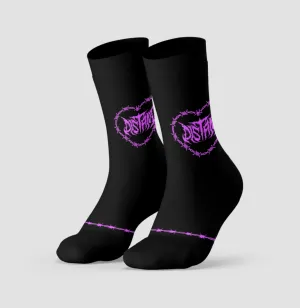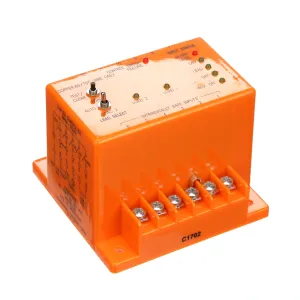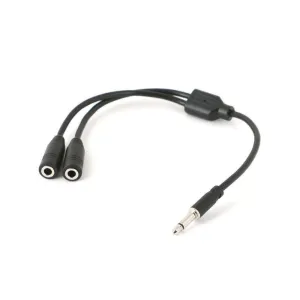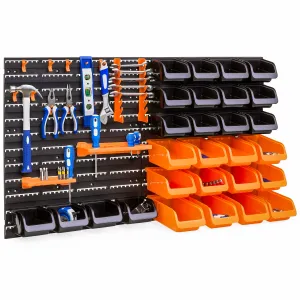Control System Toolbox provides algorithms and apps for systematically analyzing, designing, and tuning linear control systems. You can specify your system as a transfer function, state-space, zero-pole-gain, or frequency-response model. Apps and functions, such as step response plot and Bode plot, let you analyze and visualize system behavior in the time and frequency domains. You can tune compensator parameters using interactive techniques such as Bode loops haping and the root locus method. The toolbox automatically tunes both SISO and MIMO compensators, including PID controllers. Compensators can include multiple tunable blocks spanning several feedback loops. You can tune gainscheduled controllers and specify multiple tuning objectives, such as reference tracking, disturbance rejection, and stability margins. You can validate your design by verifying rise time, overshoot, settlingtime, gain and phase margins, and other requirements. In Control System Toolbox, System Identification Toolbox, and Robust Control Toolbox software, you represent linear systems as model objects. In System Identification Toolbox, you also represent nonlinear models as model objects. Model objects are specialized data containers that encapsulate model data and other attributes in a structured way. Model objects allow you to manipulate linear systems as single entities rather than keeping track of multiple data vectors, matrices, or cell arrays. Model objects can represent single-input, single-output (SISO) systems or multiple-input, multiple-output (MIMO) systems. You can represent both continuous- and discrete-time linear systems.






